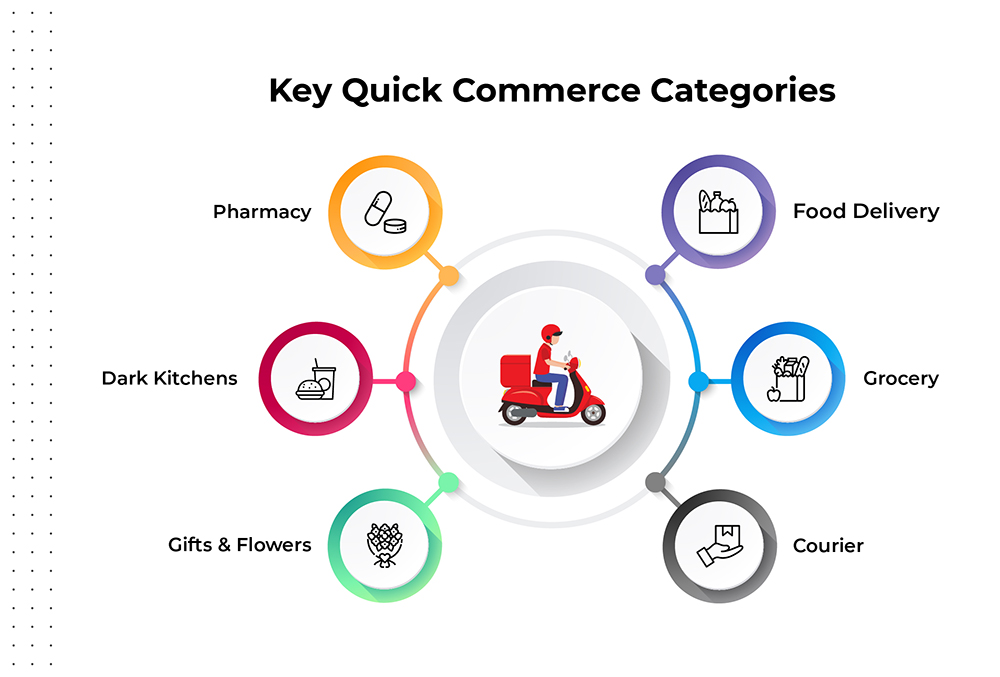
In the last decade, India has witnessed a surge in economic migration, particularly driven by the rapid expansion of private sector jobs across IT, finance, education, healthcare, and services. This kind of migration—where individuals or entire families relocate to different cities for career growth—has created a unique shift in urban consumer behavior. One of the most striking impacts of this has been the rise and adoption of Quick Commerce (Q-commerce).
Migrating for Work, Adapting to a New City
Whether it’s a software engineer moving to Bangalore or a banking professional settling in Hyderabad, economic migrants often find themselves in cities that are culturally and logistically unfamiliar. They don’t have pre-existing connections with local service providers or kirana stores. There’s no trusted neighborhood grocer or milk vendor from their childhood. In these cases, convenience becomes the top priority—and that’s exactly where Q-commerce platforms like Blinkit, Zepto, and Swiggy Instamart have stepped in.
Offering delivery of groceries, household items, and even essentials like medicines within 10 to 30 minutes, Q-commerce has become a lifeline for the working migrant. With demanding jobs, unfamiliar streets, and limited time, these consumers rely heavily on fast, app-based services that deliver everything from breakfast cereals to mobile chargers.
Native vs. Migrant Consumption Patterns
However, this is not the case for individuals who live and work in their native towns or cities. In such places, people enjoy long-standing relationships with their local shopkeepers, from the vegetable vendor who knows their daily needs to the kirana shop that offers monthly credit. These human connections are still strong, and the need for a digital intermediary is far less pressing.
That’s why the kirana store still holds its ground in semi-urban and rural areas and even in smaller tier-2 cities. If a Q-commerce platform tried to replace the local kirana in these markets, the adoption would likely be slow, not because the model is flawed, but because the need isn’t universal.
The Urban Pulse of Q-Commerce
Unsurprisingly, the explosive growth of Q-commerce is visible in highly developed and tech-savvy cities like Delhi NCR, Bangalore, Mumbai, Hyderabad, Chennai, Ahmedabad, and Indore. These urban centers are not only hubs for private-sector jobs, but they also attract a continuous flow of economic migrants. This population is young, digitally connected, time-starved, and willing to pay a little extra for speed and convenience.
This also explains why most of India’s Q-commerce startups have emerged from these cities. The ecosystem supports both the demand (migrated consumers) and the supply (technology, logistics partners, investor funding).
A Symbiotic Growth Story
In essence, economic migration has played a catalytic role in shaping the Q-commerce landscape in India. The rise of professionals moving away from their hometowns has created a segment that values accessibility and instant solutions. As cities continue to expand and more people relocate for work, the relevance of Q-commerce is set to grow further, especially in urban areas.
At the same time, kirana stores continue to thrive in areas where migration isn’t a factor, reflecting that India’s retail evolution will remain a hybrid model, where both tech and tradition coexist.






































































